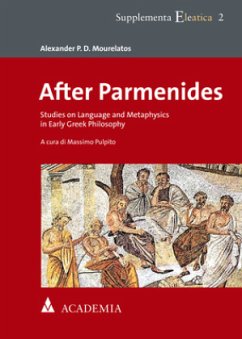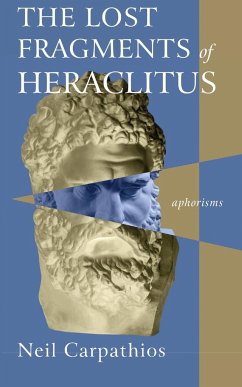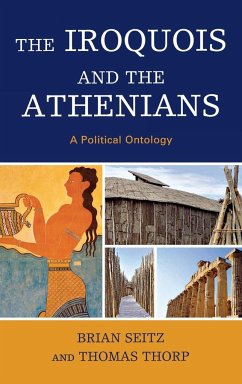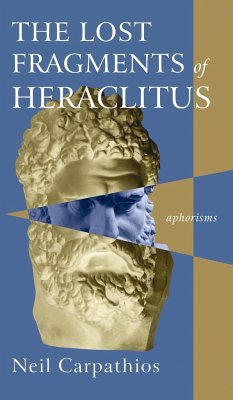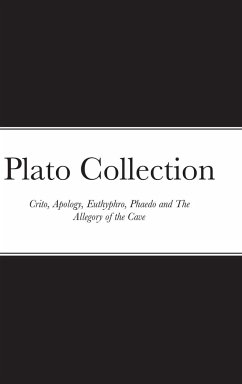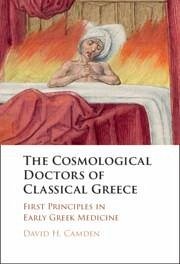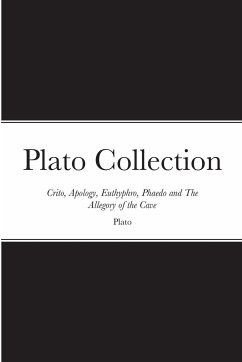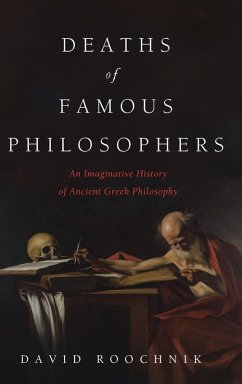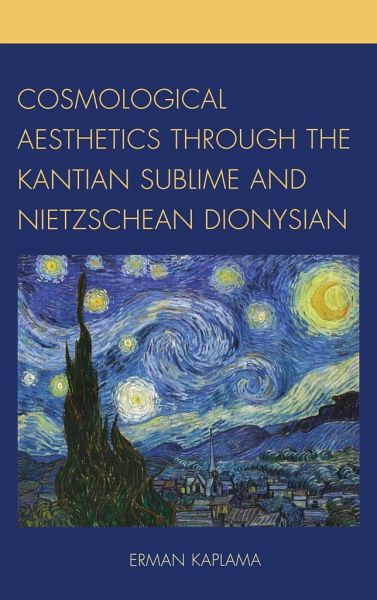
Cosmological Aesthetics through the Kantian Sublime and Nietzschean Dionysian
Versandkostenfrei!
Versandfertig in 1-2 Wochen
90,99 €
inkl. MwSt.
Weitere Ausgaben:

PAYBACK Punkte
45 °P sammeln!
Comparing the Kantian sublime and Nietzschean Dionysian, Erman Kaplama introduces two new principles to philosophy of art: transition and motion. Drawing on the Heraclitean logos and phusis, he explores the notion of transition (Übergang) in Kant’s Opus Postumum and revises the idea of nature as the principle of motion (phusis).





